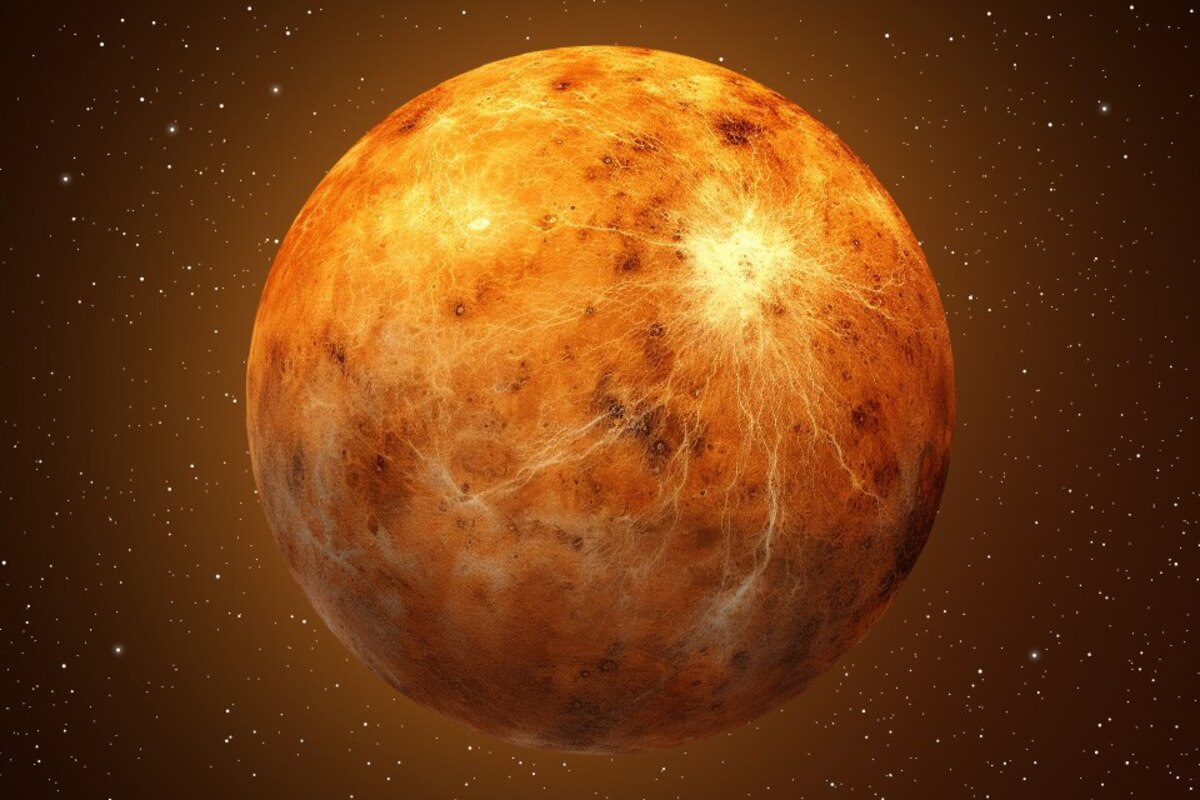Mercury is the closest planet to the Sun and yet one of the least explored in our Solar System. Its unusual characteristics continue to fascinate scientists, astronomers, and anyone curious about space. Despite being the smallest planet, Mercury hides many extraordinary secrets. With no real atmosphere, an extremely long day, and a cratered surface rich in history, it remains a fascinating object of study. Below is a collection of interesting and informative facts about Mercury that you may not have known.
- Mercury is the smallest planet in the Solar System. Its diameter is approximately 4,879 kilometers, making it even smaller than some moons, such as Ganymede and Titan. Nevertheless, it is extremely dense, indicating a large metallic core at its center.
- Mercury has virtually no atmosphere, which results in extreme temperature variations. Daytime temperatures can rise above 430°C, while nighttime temperatures can plunge below –180°C. Such drastic differences are only possible on bodies lacking a protective layer of gases.
- A solar day on Mercury is the longest of any planet in the Solar System. It takes about 59 Earth days to complete one rotation on its axis, while a full orbit around the Sun takes only 88 Earth days. As a result, one day on Mercury lasts approximately 176 Earth days.
- The surface of Mercury is covered in craters that resemble those on the Moon. Many of these craters are named after famous writers, artists, and musicians, such as Shakespeare, Beethoven, and Gogol. These features were formed by meteor impacts billions of years ago.
- Although Mercury is closest to the Sun, it is not the hottest planet. Venus holds that title due to its thick atmosphere and strong greenhouse effect, which retain more heat. This is a surprising fact that often confuses beginners in astronomy.
- Scientists have discovered water ice in permanently shadowed craters at Mercury’s poles. These regions never receive sunlight and maintain extremely low temperatures. The presence of ice was confirmed using radar observations and spacecraft missions.
- Mercury has a very weak magnetic field, about 100 times weaker than Earth’s. Its presence is unusual for such a small planet, as most small bodies lack a magnetic field altogether. This suggests that Mercury’s core may still be partially molten.
- Mercury is visible to the naked eye from Earth but can be difficult to observe due to its proximity to the Sun. The best times to see it are shortly before sunrise or after sunset when it is low on the horizon. In ancient times, it was mistaken for two different stars—morning and evening.
- The first spacecraft to visit Mercury was Mariner 10, which flew by the planet in 1974 and 1975. It captured the first images of Mercury’s surface and detected its magnetic field. Later, the MESSENGER mission orbited Mercury from 2011 to 2015 and collected extensive data.
- Large escarpments, or cliff-like ridges, can be found on Mercury’s surface. These features were formed as the planet cooled and contracted over time. Some of these scarps stretch for hundreds of kilometers and rise several kilometers high.
- Mercury’s axial tilt is nearly zero, meaning it does not experience seasons like Earth. The equator receives the most solar radiation, while the poles receive the least, and this pattern remains stable throughout the year. This creates temperature contrasts but no seasonal variation.
- Mercury has no natural moons. It is one of only two planets in the Solar System without a satellite, the other being Venus. Their close proximity to the Sun likely prevents stable moon orbits from forming.
- Mercury travels along its orbit at a speed of about 47 kilometers per second. This makes it the fastest planet in the Solar System in terms of orbital velocity. It was named after the Roman god Mercury, the messenger, known for his speed.
- The day and night cycles on Mercury are nearly equal in duration, but both last a very long time. The Sun rises slowly, pauses, reverses direction, and then moves forward again due to Mercury’s unusual rotation and orbital synchronization. This creates a complex solar motion in its sky.
- Mercury’s surface is extremely dark, reflecting only about 7 percent of sunlight. In comparison, the Moon reflects around 12 percent. The low albedo is thought to result from the chemical composition of the planet’s surface rocks.
- A joint mission by the European Space Agency and Japan, BepiColombo, is scheduled to arrive at Mercury in 2025. Its goal is to study the planet’s structure, magnetosphere, geology, and exosphere in greater detail. The mission includes two spacecraft that will operate from different orbits.
Mercury remains one of the most mysterious planets in the Solar System, despite being so close to the Sun. These fascinating facts show that even the smallest planet can hold great secrets. You may not have known how dynamic and complex this tiny world truly is. Future missions promise to reveal even more discoveries and surprises about Mercury.





